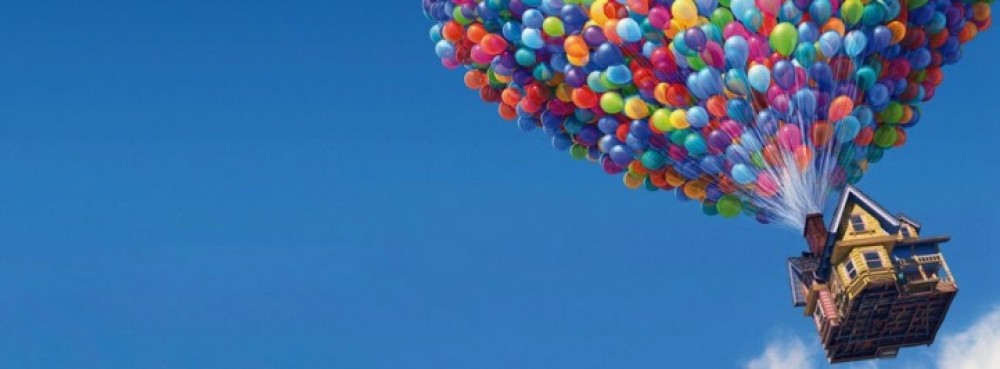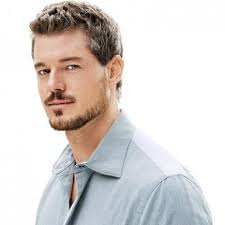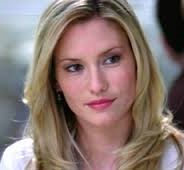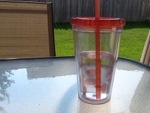I’ve been bingeing on old Grey’s Anatomy seasons this summer because I miss Lexie Grey.
To my great fury and disappointment, she died in the season 8 plane crash and things at Seattle Grace turned Seattle Grace-Mercy West turned Grey Sloan Memorial have never been the same. It might be weird to miss a fictional character, but here’s my tribute to the delight that is/was Lexie Grey, in seven fantastical bullets, some more superficial than others:
1. Eidetic memory
Find something cooler than an eidetic memory, I dare you. Imagine how much cooler you would be if you could remember literally every thing that you have ever looked at, read, or heard? Phenomenal. (To be fair, Grey’s portrays Lexie’s eidetic memory as a photographic memory, and strictly speaking they’re not the same thing, but it’s still amazing)
2. Great taste in men
Sloan. Karev. Avery. No explanation required.
3. Loyalty to a broken dad
I could make a pretty long list of reasons not to love Thatcher Grey, but Lexie loves him anyway. She tries to protect him from his own drunken rages, and keeps forgiving him for his many mistakes. She even tries to donate a kidney when he needs one. There’s something to be said for a daughter who can forego enabling and judgment of an alcoholic dad, and just love him anyway, faults and all. She rises above.
4. Roots for the underdog
Lexie is a champion of the underdog. She fell for George O’Malley when he was repeating his intern year, for goodness’ sake. She pumped him up and supported him and got him through. And she stole cadavers to create a creepy interns-only lab in the basement of the hospital to try to get some education for herself and the other interns who were dehumanized by Yang et al. (“I’ll call you #3)
5. Bold hair choices
Lexie was often sporting creative braids, sometimes wearing serious bangs, and generally rocking some kick-ass brunette locks. And then she went blonde for a while. It takes a rock star, I tell ya.
6. Word vomit
One of the things I find most endearing about lovely Lexie Grey is her propensity for word vomit. She’s not necessarily awesome at giving voice to her feelings, but when the situation demands it, when she’s most overcome by emotion, it comes spilling out in a hurried and breathless expression and it’s a delight to behold. I love owning your feelings, even if only by blurting.
7. Owns her stupid mistakes
The cadaver lab turned into a very poorly conceived appendectomy on a fellow intern. And she owned up. She always owns up and takes her lumps. She can admit defeat or poor decision making, but she rarely apologizes for her reasons, and I think that takes a rock star too.






